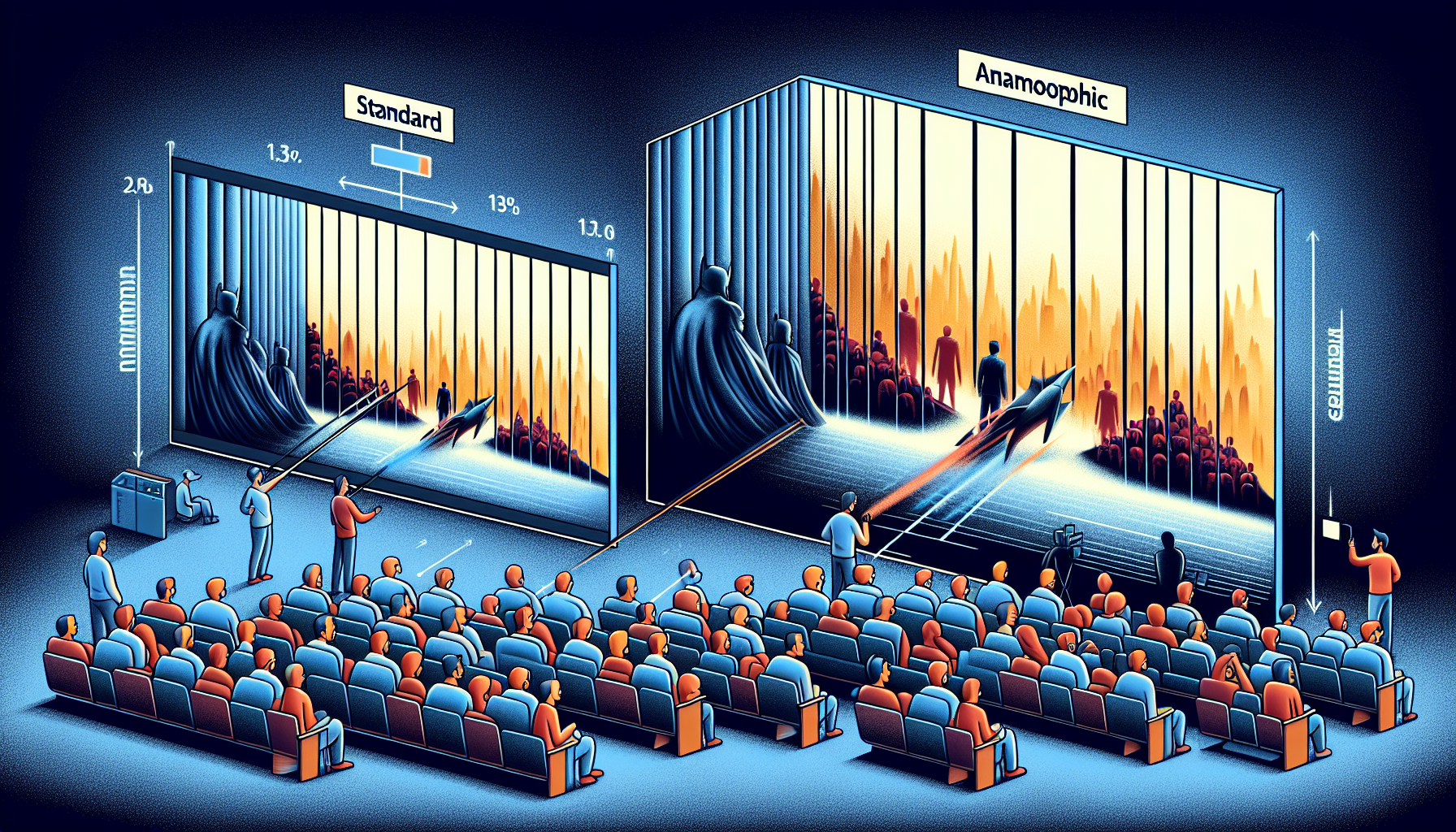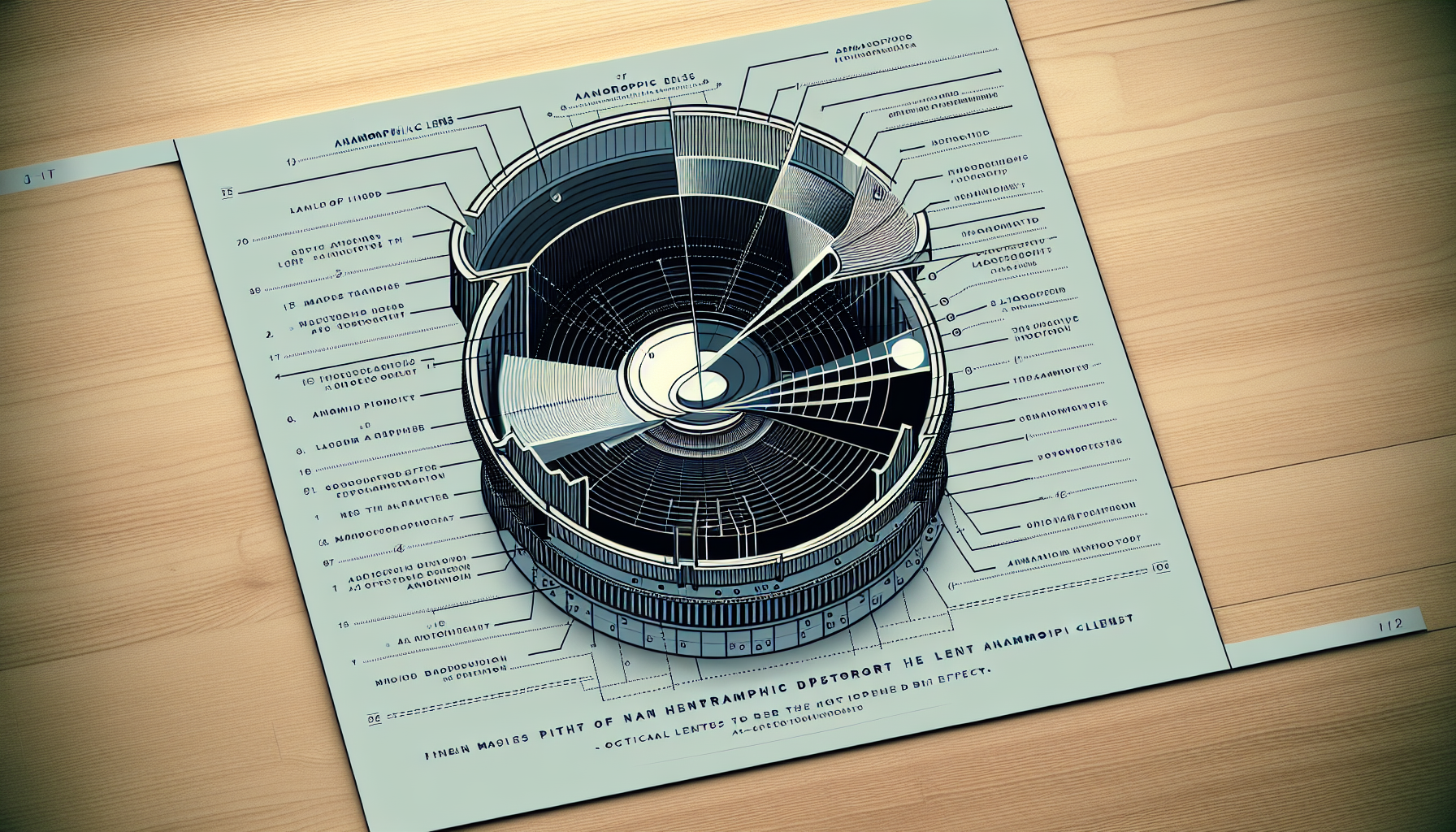
Understanding Anamorphic Videos: What They Are and Why They Matter
In the dynamic world of video production, various techniques and formats are constantly evolving to capture the audience’s attention. One such method that has gained significant popularity, especially in cinematic filmmaking, is the anamorphic video. Despite its growing prominence, many people are still unaware of what anamorphic videos are, how they differ from traditional video formats, and why they are worth considering for various projects. This blog aims to shed light on these aspects and provide you with a comprehensive understanding of anamorphic videos.
What Are Anamorphic Videos?
Anamorphic videos are created using a special type of lens that compresses the image horizontally. This compression allows filmmakers to capture a wider field of view on a standard-sized sensor. When the footage is played back, the image is “de-squeezed,” resulting in a broader, more cinematic aspect ratio. This technique is primarily used in film production, but it has also found its way into commercial and online video content.
Key Characteristics of Anamorphic Videos
- Aspect Ratio: Anamorphic videos typically have a wider aspect ratio, most commonly 2.39:1. This aspect ratio is much wider than the traditional 16:9 format used in standard videos, allowing for a more immersive viewing experience that is reminiscent of the cinema.
- Lens Flares: Anamorphic lenses produce unique horizontal lens flares due to the design of the lens elements. These flares can add a stylistic touch to the footage, enhancing the overall visual appeal.
- Depth of Field: Anamorphic lenses often provide a shallower depth of field, allowing for beautiful bokeh effects. This characteristic can help to isolate subjects and create a more cinematic look.
- Image Compression: The horizontal compression of the image allows filmmakers to capture more information within the same frame. This results in richer details and a more dynamic representation of the scene.
How Do Anamorphic Videos Differ from Traditional Formats?
To fully appreciate the value of anamorphic videos, it’s important to understand how they compare to traditional video formats. Here’s a side-by-side comparison of key features:
| Feature | Traditional Videos | Anamorphic Videos | |
| Aspect Ratio | 16:9 | 2.39:1 | |
| Lens Type | Spherical lenses | Anamorphic lenses | |
| Field of View | Limited | Expanded | |
| Lens Flares | Circular | Horizontal | |
| Depth of Field | Varies | Shallow | |
| Image Capture | Standard compression | Horizontal compression | |
| Production Cost | Generally lower | Potentially higher |
The Science Behind Anamorphic Lenses
Anamorphic lenses utilize cylindrical optics to compress the image horizontally. When the image is projected onto the camera sensor, it appears distorted. However, when the footage is played back on a screen, the image is stretched back to its original proportions, creating the wide cinematic effect. This process allows filmmakers to shoot wider scenes without the need for larger camera sensors, making it a popular choice in the industry.
Advantages of Using Anamorphic Videos
Wider Field of View: Anamorphic lenses enable filmmakers to capture a much wider field of view compared to traditional lenses. This is particularly beneficial for landscape shots, action sequences, or any scenario where a broader perspective can enhance storytelling.

Cinematic Quality: The unique aesthetic qualities of anamorphic videos—such as the characteristic lens flares and depth of field—give them a distinct cinematic feel. This quality can elevate the production value of your project, making it more appealing to viewers and helping your content stand out.
Enhanced Storytelling: With the ability to capture expansive scenes, anamorphic videos allow for more dynamic storytelling. This is especially useful for narratives that rely on visual storytelling to convey emotion and context.
Professional Look: Utilizing anamorphic lenses can provide a polished and professional touch to your videos. This is particularly advantageous for brands and filmmakers looking to establish a unique visual identity and differentiate themselves from competitors.
Effective Brand Communication: The immersive nature of anamorphic videos can effectively communicate your brand’s message. By capturing stunning visuals and maintaining high-quality production standards, your content can resonate more with audiences, leading to higher engagement and conversions.
When to Use Anamorphic Videos
While anamorphic videos offer numerous benefits, they are not suitable for every project. Here are some scenarios where using anamorphic techniques can be particularly beneficial:
- Feature Films: Many filmmakers use anamorphic lenses to achieve a cinematic look that enhances the visual storytelling of their movies. The wider aspect ratio allows for grand scenes and detailed compositions.
- Commercials and Brand Videos: If you want your brand to stand out and leave a lasting impression, anamorphic videos can create visually stunning advertisements. The unique qualities of anamorphic footage can help convey your brand’s story in a memorable way.
- Music Videos: The expansive field of view and unique lens flares can add an artistic flair to music videos, making them more engaging for viewers. The visual appeal of anamorphic videos can help enhance the mood and theme of the music.
- Documentaries: Anamorphic lenses are useful for capturing stunning visuals of landscapes and environments in documentaries. The ability to showcase vast scenes while maintaining high image quality can enrich the storytelling aspect of documentary filmmaking.
Best Practices for Shooting Anamorphic Videos
- Choose the Right Lens: When working with anamorphic lenses, it’s essential to select a lens that suits your project’s needs. Different lenses have varying characteristics, including compression ratios and flare styles.
- Plan Your Shots: Due to the unique framing and aspect ratio of anamorphic videos, it’s important to plan your shots carefully. Consider the composition, lighting, and subject placement to take full advantage of the lens’s capabilities.
- Use Appropriate Equipment: Anamorphic lenses often require specific camera setups and rigging to ensure proper focus and stabilization. Make sure you have the right equipment to support your shooting process.
- Be Mindful of Depth of Field: Anamorphic lenses tend to create a shallow depth of field. Use this to your advantage by focusing on your subjects while allowing the background to blur out, enhancing the visual appeal of your footage.
- Post-Production Considerations: Remember that anamorphic footage will require de-squeezing during post-production to restore the correct aspect ratio. Familiarize yourself with your editing software’s capabilities to ensure a smooth editing process.
Why Choose Us for Your Anamorphic Video Needs
At 3DTRIXS, we specialize in delivering high-quality anamorphic videos that elevate your storytelling and enhance your brand’s presence. Our experienced team of professionals understands the intricacies of anamorphic filmmaking, ensuring that every project is executed with precision and creativity.
What Sets Us Apart:
- Expertise: With years of experience in video production, our team is well-versed in using anamorphic lenses to create visually stunning content that captures your audience’s attention.
- Customized Solutions: We tailor our services to meet your specific needs, whether it’s a commercial, music video, or documentary.
- State-of-the-Art Equipment: We utilize the latest technology and equipment to ensure that your anamorphic videos achieve the highest quality standards.
- Seamless Collaboration: We work closely with you throughout the production process, from concept development to final editing, to ensure that your vision is realized.
Let us help you communicate your message more effectively with our professional anamorphic video services. Check out our portfolio to see examples of our work and discover how we can take your projects to the next level.
Conclusion
Anamorphic videos are a powerful tool for filmmakers and marketers alike, offering a unique way to capture stunning visuals that engage and captivate audiences. By understanding what anamorphic videos are and when to use them, you can elevate your video production projects and create content that stands out.
If you’re considering incorporating anamorphic video techniques into your next project, it’s essential to work with professionals who understand the intricacies of this format. A skilled video production team can help you achieve the cinematic quality you desire while ensuring your message is communicated effectively.

